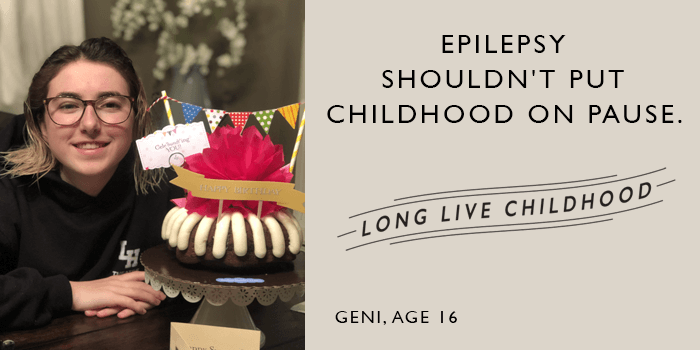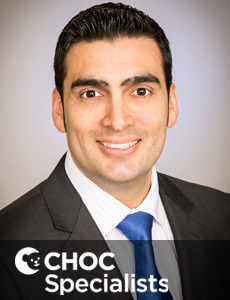Pre-Surgery Testing and Evaluation
A comprehensive evaluation will help determine if surgery is appropriate for your child, as well as the best surgical option for them. Your child’s neurologist may order the following tests and procedures prior to surgery:
Using the valuable information gathered from these tests, our pediatric epileptologists and neurosurgeons work to determine the location in the brain where seizures start, and how they spread through the brain, which allows us to make an individualized surgery plan for each child.



















